Iranian foreign ministry journal's latest issue dedicated to Iran-Pakistan ties
The latest issue of the quarterly journal ‘Diplomat’ published by the Iranian foreign ministry’s Center for Public Diplomacy touches in detail on Iran’s economic diplomacy, regional outreach, and cultural history, with a focus on Iran’s relations with Pakistan.
Edited by Nasser Kan’ani, the ministry spokesman and director of the Center for Public Diplomacy, the latest issue reviews President Ebrahim Raeisi’s historic visit to China as well as Foreign Minister Hossein Amir-Abdollahian’s visit to Geneva and speech at the United Nations Human Rights Council.
In the editorial, Kan’ani writes that the current issue has been dedicated to “our friend, brother and neighbor, the Islamic Republic of Pakistan”, describing ties between the two Muslim-majority Asian countries as “deeply rooted.”
Seyyed Rasool Moosavi, director general for South Asia at the foreign ministry, in his article describes Pakistan as “a generous, charming and amiable neighbor” for the Islamic Republic of Iran.
He writes in detail about the nature and beauty of Pakistan as well as its history and geography, referring to Mohenjo-daro as the “most important monument which proves the historical identity of the land of Pakistan with a magnificent civilization dating back to 5,000 years.”
In his article, Seyyed Mohammad Ali Hosseini, Iran’s ambassador to Islamabad, notes that relations between Iran and Pakistan began soon after the partition of British India and the creation of Pakistan, adding that Iran was “the first country to recognize Pakistan’s independence.”
“With the victory of the Islamic Revolution of Iran, Pakistan was the first country to recognize the Islamic Republic of Iran,” he writes. “Since then, relations and cooperation between the two countries in various political, economic, cultural, military and security dimensions have been growing and consolidating.”

In the economic sphere, the envoy maintains, the two countries are complementing each other well, and that the Economic Cooperation Organization (ECO) has “provided a suitable framework for bilateral cooperation” between them. In the political arena, he says relations are “in a satisfactory state.”
Fahimeh Damroodi, Secretary General of the Iran-Pakistan Joint Chamber of Commerce, states that the two countries with a combined population of more than 300 million people “must take practical steps to fully profit from their economic capacities.”
She cites the latest figures from Iran’s Customs Administration that show Iran exports more than 119 commodities to Pakistan, from cheese and fruit to construction materials and petrochemical products.
“Considering the existing potential between the two countries and if the necessary infrastructure is provided, especially by the establishment of banking relations and signing a free trade agreement, the value of bilateral trade can rise to at least five billion dollars,” Damroodi writes.
Morteza Rezavanfar, a faculty member at Iran’s Cultural Heritage Research Center, in his article introduces the Alamgir Mosque in Lahore as “one of the most magnificent historical structures in Pakistan”, built between 1671 and 1673 AD by the order of Mughal-era ruler Aurangzeb.
Ali Rajabi Yazdi, a member of the journal’s editorial board, presents a short history of relations between Iran and Pakistan after they formally established diplomatic ties on February 18, 1950.
Mohammad Baqaee Makan, author and translator, pays tribute to Mohammad Iqbal Lahori, known as the ‘Poet of the East’, describing him as the “most Iranian non-Iranian.”
“Iqbal from Lahore reflects the character of a philosopher, poet, reformist, educator, socialist, founder of an independent country, lawyer, Quran researcher, Iranologist, linguist, historian and Islamologist,” he writes.
“The sum of these features, which can be rarely found in someone else, has given him an individuality that his admirers consider as “prophet-like” as in the great thinkers of history.”
Elsewhere, the latest issue of the quarterly journal features an article by Mehdi Safari, deputy foreign affairs for economic affairs, presenting “economic accomplishments” of the foreign ministry this year that has been named the year of “inflation control and growth in production.”
“The repeated emphasis of the Leader (Ayatollah Seyyed Ali Khamenei) and President of the Islamic Republic of Iran (Ebrahim Raeisi) on the necessity of realizing economic diplomacy signifies the importance of economic diplomacy in the foreign policy of the Islamic Republic of Iran,” he writes.
Zahra Mehran Rad, the executive editor of the journal, writes about President Raeisi’s historic visit to Beijing, saying the visit “was in line with the balanced, dynamic and intelligent foreign policy of the Iranian government with priority to neighboring countries and pivot to Asia.”
Abbas Aslani, a foreign policy journalist, in his article writes about Foreign Minister Amir-Abdollahian’s February visit to Geneva and his address to the UN Human Rights Council.
'Capitulation': Israeli officials and media concede Gaza defeat as truce unfolds
'Gaza has won': Social media users react to ceasefire with mix of relief, joy
Iran seeks South Korea’s assistance for AI, fiber-optic projects
VIDEO | Iran's 'Eqtedar' (Power) maneuver
Israel hits HTS military target in Syria for 1st time since fall of Assad
VIDEO | Press TV's news headlines
Israel has slaughtered 13,000 students in Gaza, West Bank
VIDEO | More Zionist than Zionists: Biden’s legacy to be defined by Gaza genocide


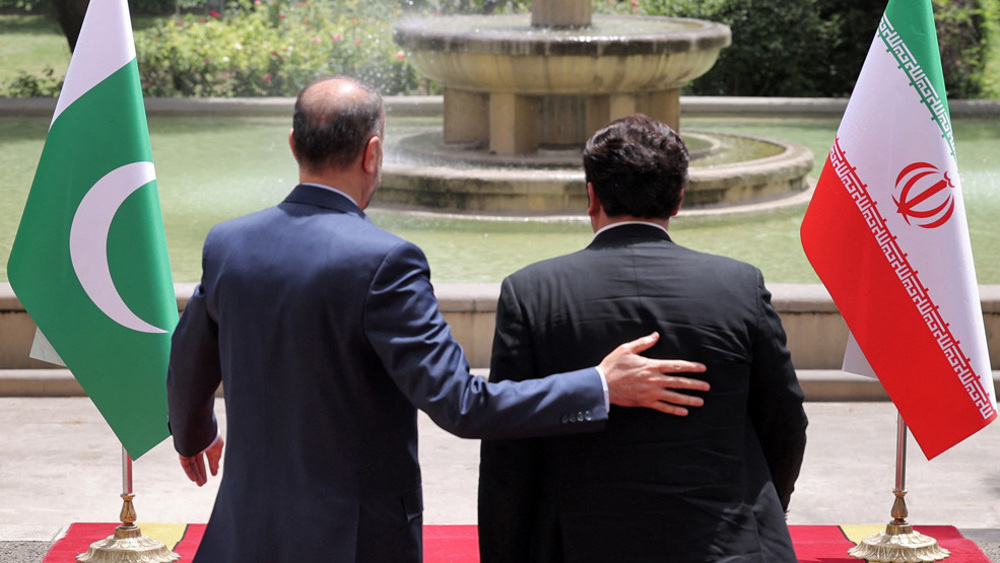
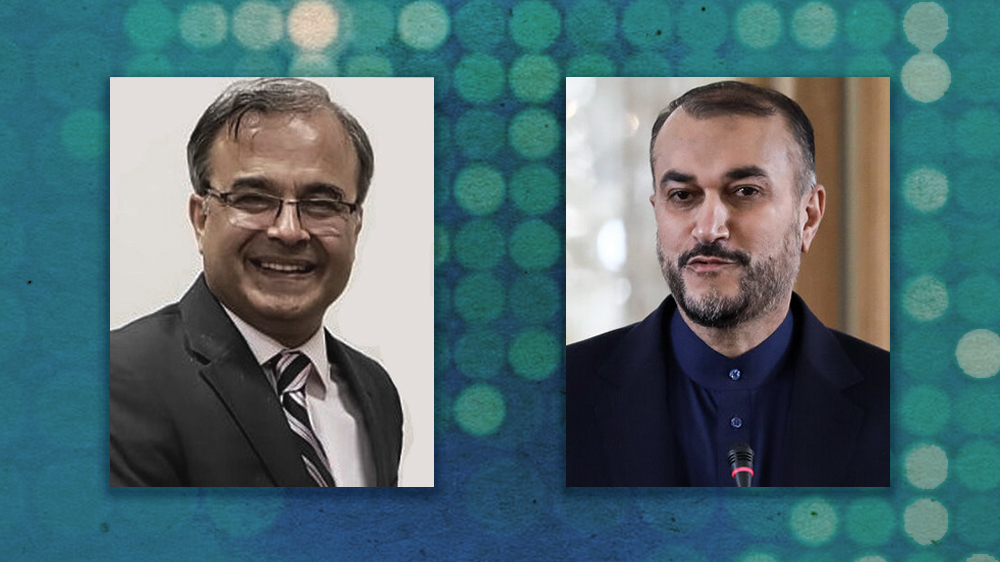
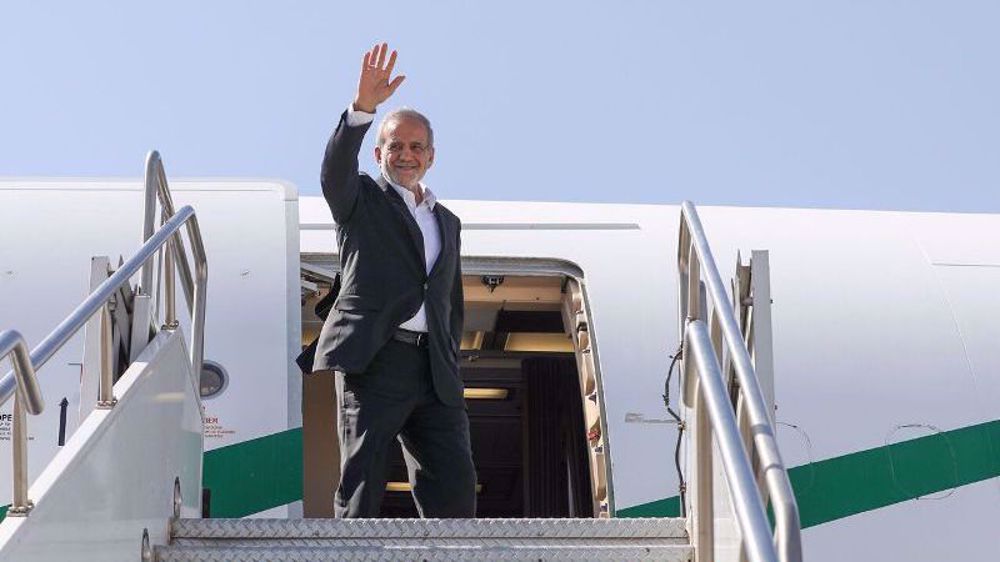
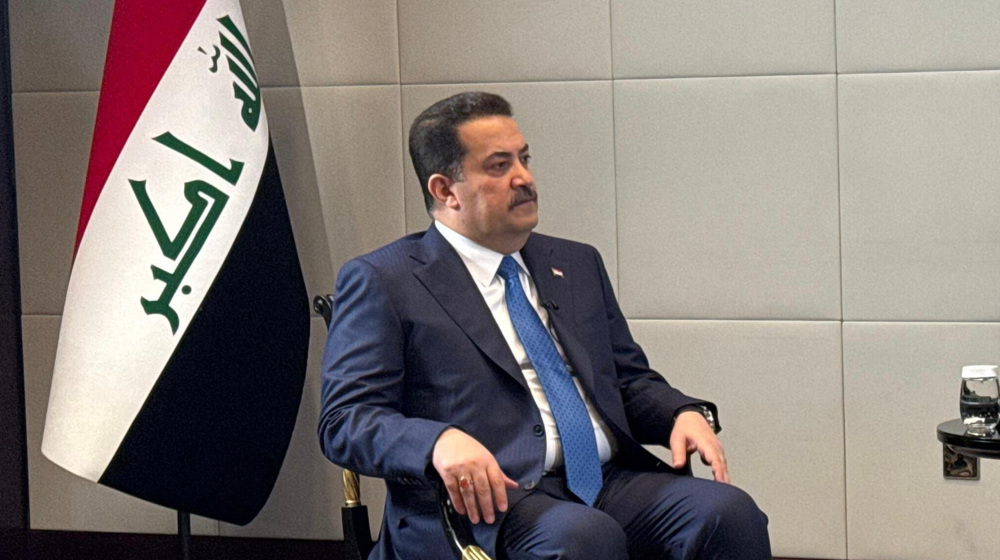




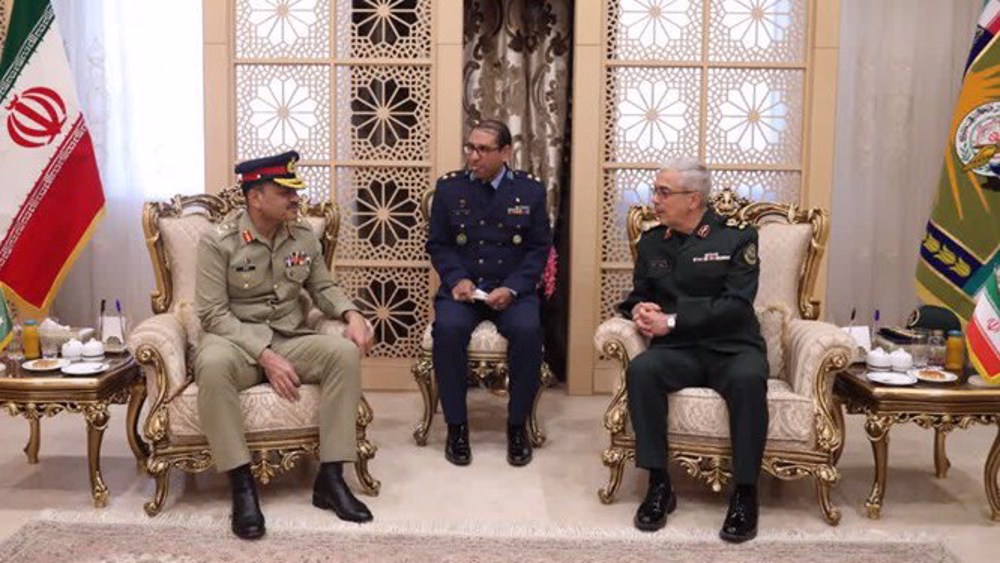
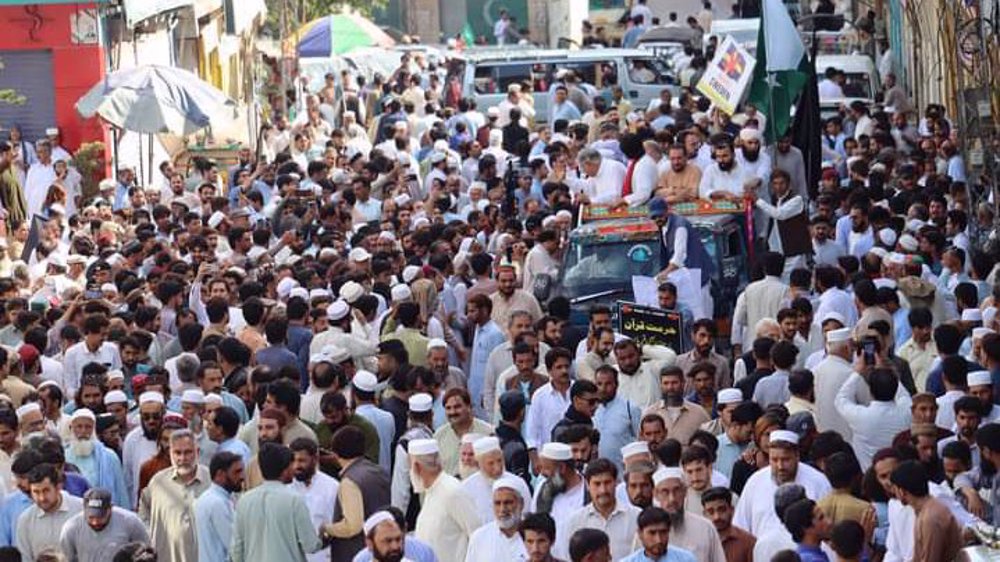
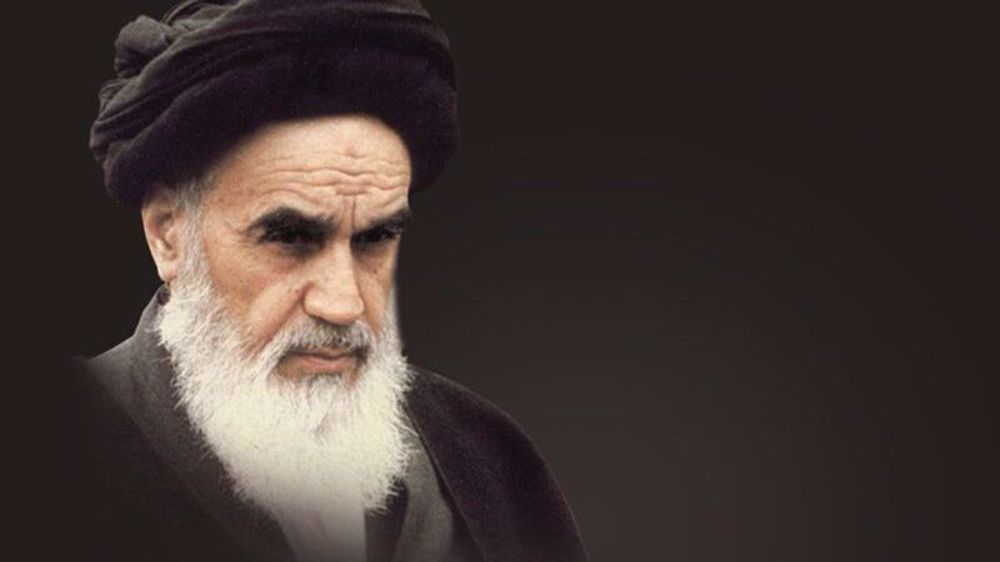
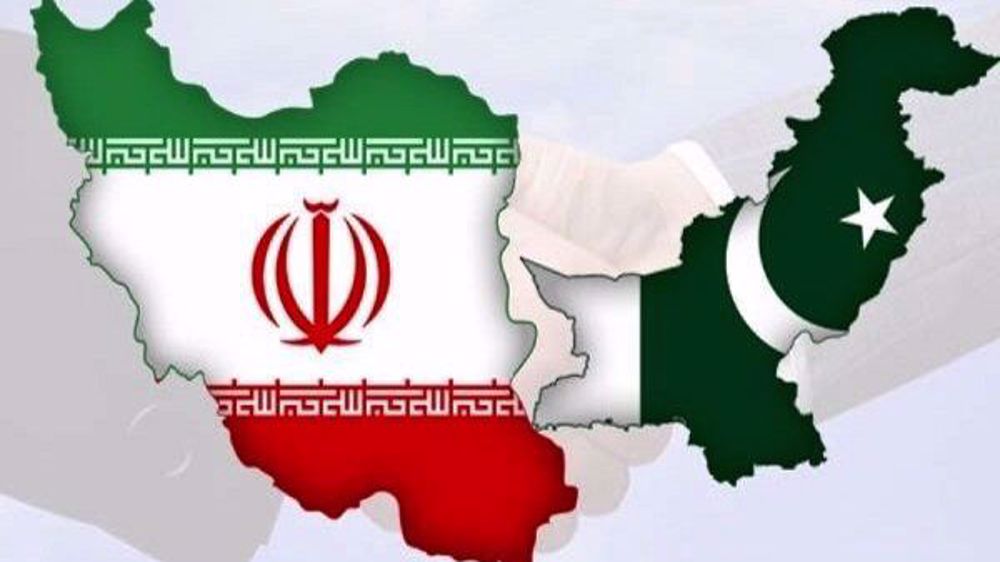
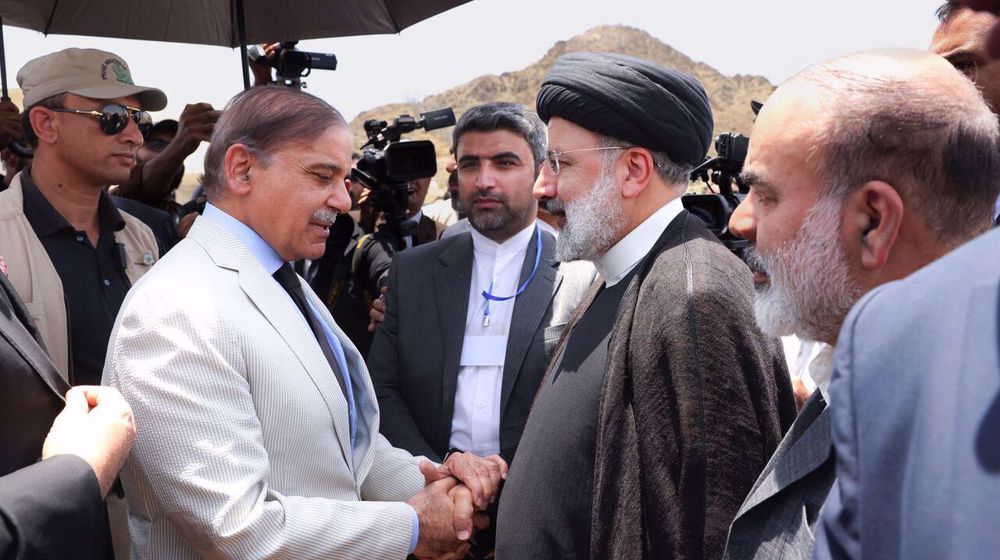

 This makes it easy to access the Press TV website
This makes it easy to access the Press TV website